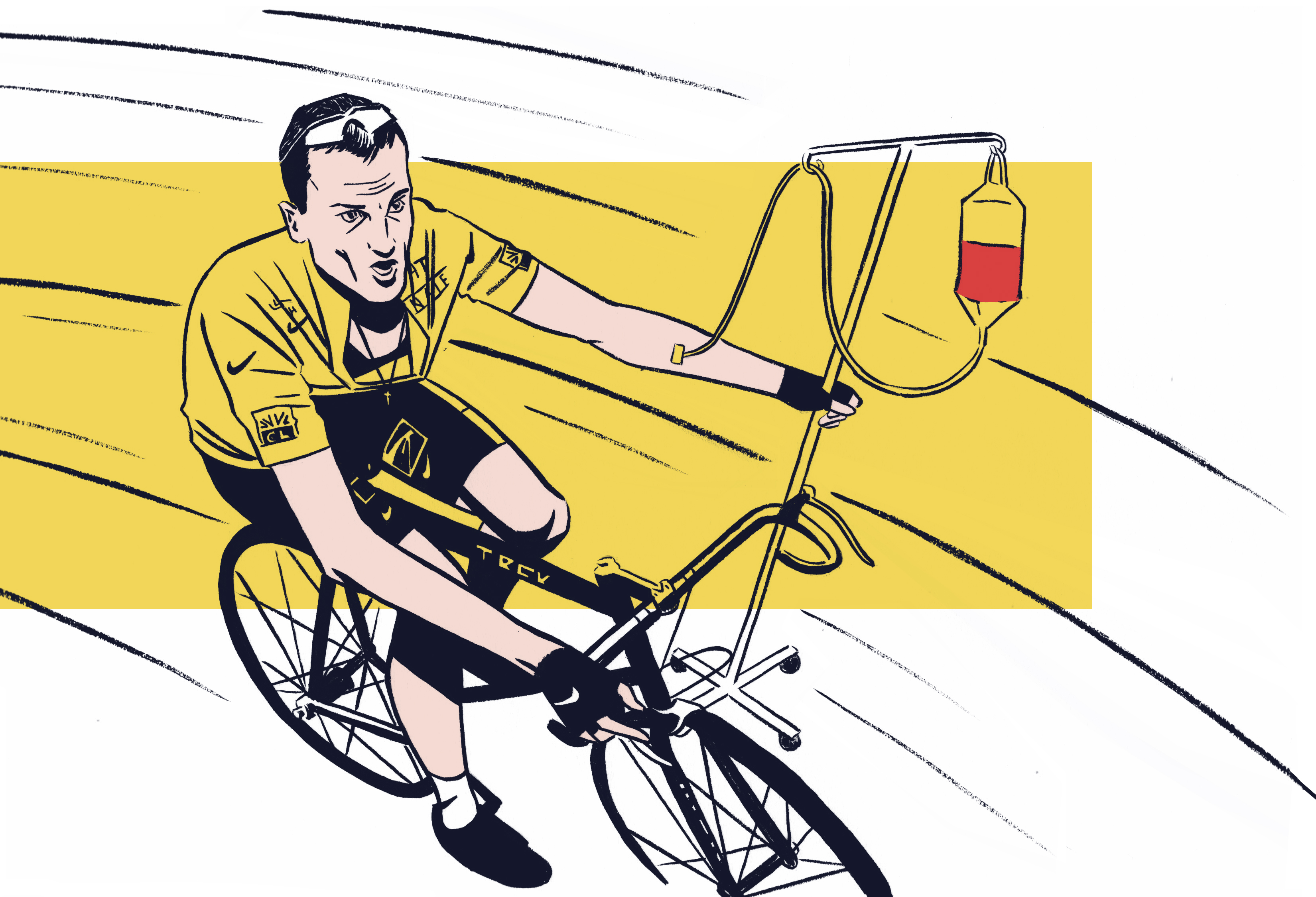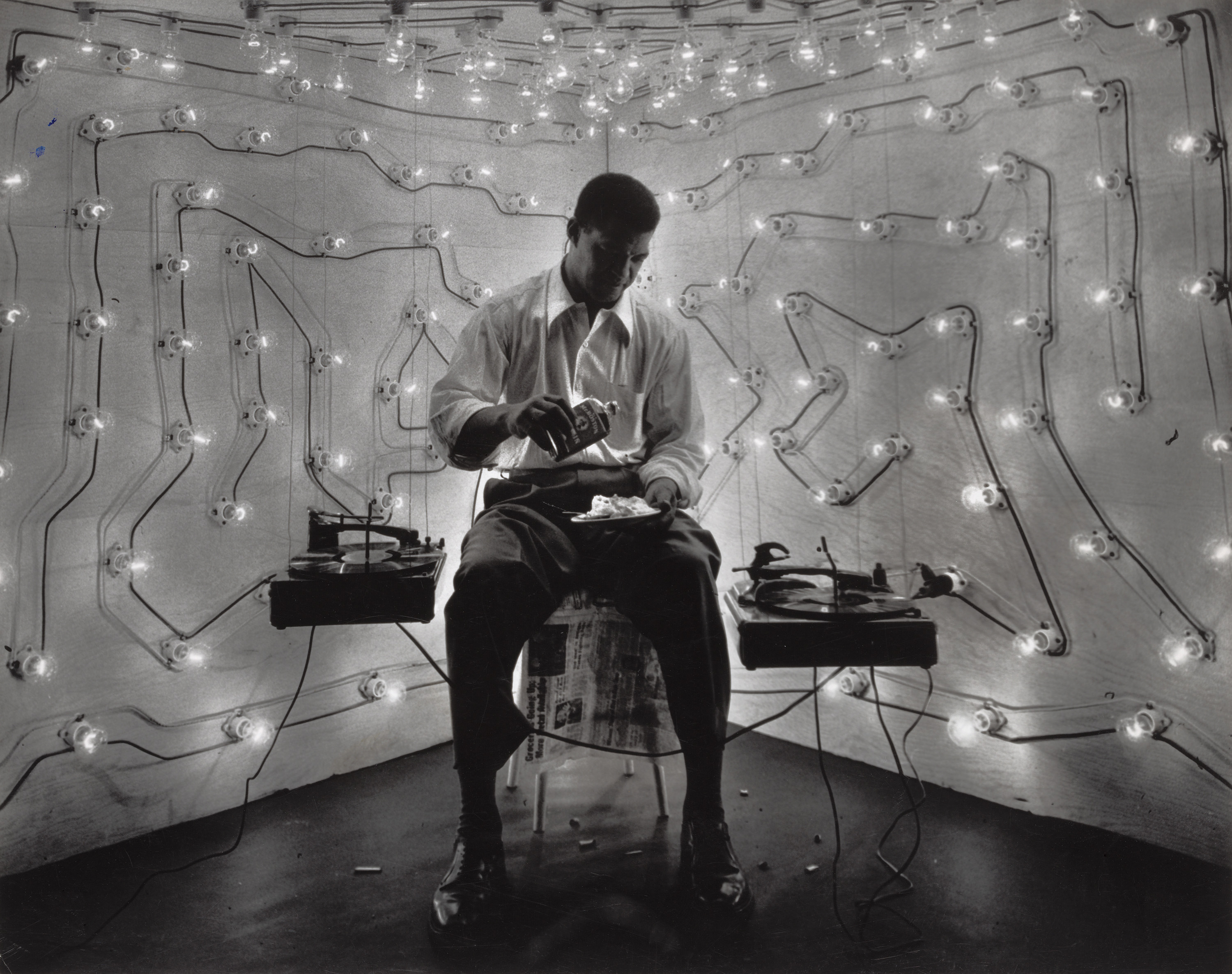
Mark McGwire hit 70 home runs in the summer of 1998 alone. No one before that had come close to meeting (let alone shattering) Roger Maris’ 37-year-old single-season record of 61, and yet it was done twice in the same year. McGwire’s record-setting season was the product of an arms race with Chicago Cubs right-fielder Sammy Sosa, whose own total of 66 home runs also broke Maris’ long-standing record. ‘The chase,’ as it came to be called, revitalized Major League Baseball and its fans, who had felt betrayed and disheartened by a season-ending labor strike four years earlier. It was, perhaps, the sport’s most thrilling season. It was, we now know, a lie.
In 2010, McGwire confessed to what many had already suspected: that each of his 70 home runs was hit with the help of illegal steroids. Sosa hasn’t come forward, though the same is suspected of him. It’s certainly true for Barry Bonds, the man who broke McGwire’s record just three years later, and for scores of American baseball’s most legendary athletes.
Of course, professional sports are riddled with performance-enhancing drugs. In 1976, East Germany won 40 gold medals at the Montreal Olympics with the help of the largest-scale state-sponsored doping program in the history of sport. In 2012, American cycling superstar Lance Armstrong was stripped of his record-setting seven Tour de France victories for his role as the ringleader of what was called “the most sophisticated, professionalized, and successful doping program that sport has ever seen.” This summer, as a result of an intricate government-endorsed doping program that has pushed Russia to Olympic victory as far back as 2008, the International Olympic Committee has chosen to uphold a ban that will prohibit Russian athletes from participating in the 2016 Olympic Games in Rio de Janeiro, Brazil.
If doping is already so prevalent, many have asked: Why ban it? The argument typically goes like this:
- Legalization can lead to regulation, and regulation promotes safe usage. Ellis Cashmore wrote for CNN, “By inviting athletes to declare with impunity what they are using, we encourage and open discourse and promote research so we’d be in a position to advise on the relative values and risks of different substances.” Instead of hole-in-the-wall, cloak-of-night doping, athletes would be able to dope safely out in the open, under the guidance of accredited trainers and chemists. As Julian Savulescu of the Oxford Centre of Neuroethics said, “The war on doping has failed. […] We should embrace the inevitable, and control doping as best we can.”
- Sports are dangerous anyway. It is unrealistic to argue that doping is inherently more dangerous than already-grueling training regimes and the sports themselves.
- “Steroids augment the effects of training,” Savulescu said. “They are like more effective training, which has been achieved in other ways.” With training, equipment, and financial resources already impacting performance, James Kirkup wrote, “Sport is already a contest of resources. Banning a competitor for having better chemicals in his blood than the rest makes as much sense as banning him for having better shoes. Let’s be honest and add medical ingenuity to the contest.”
- Sports are entertainment, and aren’t doped athletes more entertaining? Kirkup asked that we allow bio-chemical scientists to create “human Formula One cars” and then imagined “30-stone rugby-players charging into each other at 30 mph. The clash between GlaxoSmithKline’s Goliaths and the AstraZeneca All Stars would be truly spectacular.” He concluded, “Allowing doping and the rest would just make sport more entertaining — and more honest.”
That sports are entertainment is, perhaps, the crux of the pro-doping argument. Were we not entertained by the summer-long home run derby that was the 1998 MLB season? Or by Lance Armstrong’s record-setting seven-year stint at the front of the pack in France? Or by the unprecedented displays of the Russian Olympic team in Sochi? With safely-regulated doping, and accounting for the inherent dangers in professional athletics, wouldn’t doping simply give us more of what we love? It is a difficult point to argue. But only if you believe that sports are, primarily, essentially, entertainment.
I don’t.
Sports are recreation. As children, we played little league in the local park, swam with friends in the public pool, rode our bikes down neighborhood streets. Even now, who among us doesn’t run along the water on sunny days, play a game of pickup soccer on the weekends, or throw a football with a niece at a barbecue? The vast majority of the world’s “athletes” are not professionals. They’re us.
The distinction between entertainment and recreation is an important one. Professional sports arose, of course, from recreation, when rules were drawn up, local teams were formed, and, eventually, leagues were established. They are merely institutionalized and highly-regulated incarnations of recreational activity — activity in which most of us, in some form, participate. For this reason, as spectators, our relationship to professional athletes is fundamentally different than the relationship we have to entertainers.
With film stars, for example, there is a layer of disconnection between the actor and the audience. As audience members, our primary connection is to the character on screen. Our secondary relationship is to the actor. Our children don’t play “Daisy Ridley,” they play “Rey.” With athletes, our relationship is more direct.
The proximity of professional sport to common recreation allows and encourages spectators to relate to athletes with unique intimacy. For the most part, our sports heroes rose from circumstances much like our own, from towns much like our towns, from families much like our families. In this way, athletes become idealized versions of ourselves. They become what we might have been, or, for children, what we might yet be.
When we wear our favorite player’s jersey and mimic broadcast commentary aloud as we play catch in the stadium parking lot, something profound is occurring. A transformation is at work, indicative of the intimate connection between spectator and athlete. In these moments, we relinquish a part of our own identity and take on theirs — we feel a shared humanity, a communion between us and them. It is telling that when we talk about our favorite team’s performance in a match, we use the words ‘we’ and ‘us,’ as if we were on the pitch ourselves.
If our sports heroes are romanticized extensions of ourselves, then doping introduces a foreign and alienating element, a degree of distance between us and them. The humanity we have in common is disrupted by a distinctly inhuman variable. Suddenly, we can’t be them, and we never could have been.
Bioethicist professor Andy Miah responded by writing, “What is a normal human?” Many have made the case that chemical augmentation is an extension of natural training and as such does not “[change] any kind of internal human essence.”
In the case of blood-doping (the kind of doping that led Armstrong to seven Tour de France victories), Alva Noë wrote sympathetically, “What is more natural than blood?”
These points are fair as far as they go, but they posit the essential purpose of sport to be entertainment, which ignores the aspect of recreation that connects us so deeply to professional sport in the first place. Kirkup wrote that we should “[a]llow [biochemical] scientists to bring their talents to sport,” but doesn’t understand that when we pull on our favorite player’s jersey, we dream of achieving greatness on the field, not in the lab. There is an element of humanity lost when the needle hits the arm. And it’s lost before the arguments, no matter how fair or measured, trip off the tongues of educated advocates.
Cashmore wrote of legends like Armstrong and Marion Jones, “At the time, we didn’t realize they or, for that matter, any of their rivals had doped. And it didn’t affect our enjoyment of their performances any more than if we’d known they were wearing aerodynamically designed clothing.” And this is certainly true. But the revelation matters. The narrative is different now. When we look back on those performances, we no longer see ourselves. We see, instead, drug-enhanced superathletes, whose heroics are alien and unobtainable. Our shared humanity has been betrayed. Doped athletes may be entertaining, but they’re not us.







